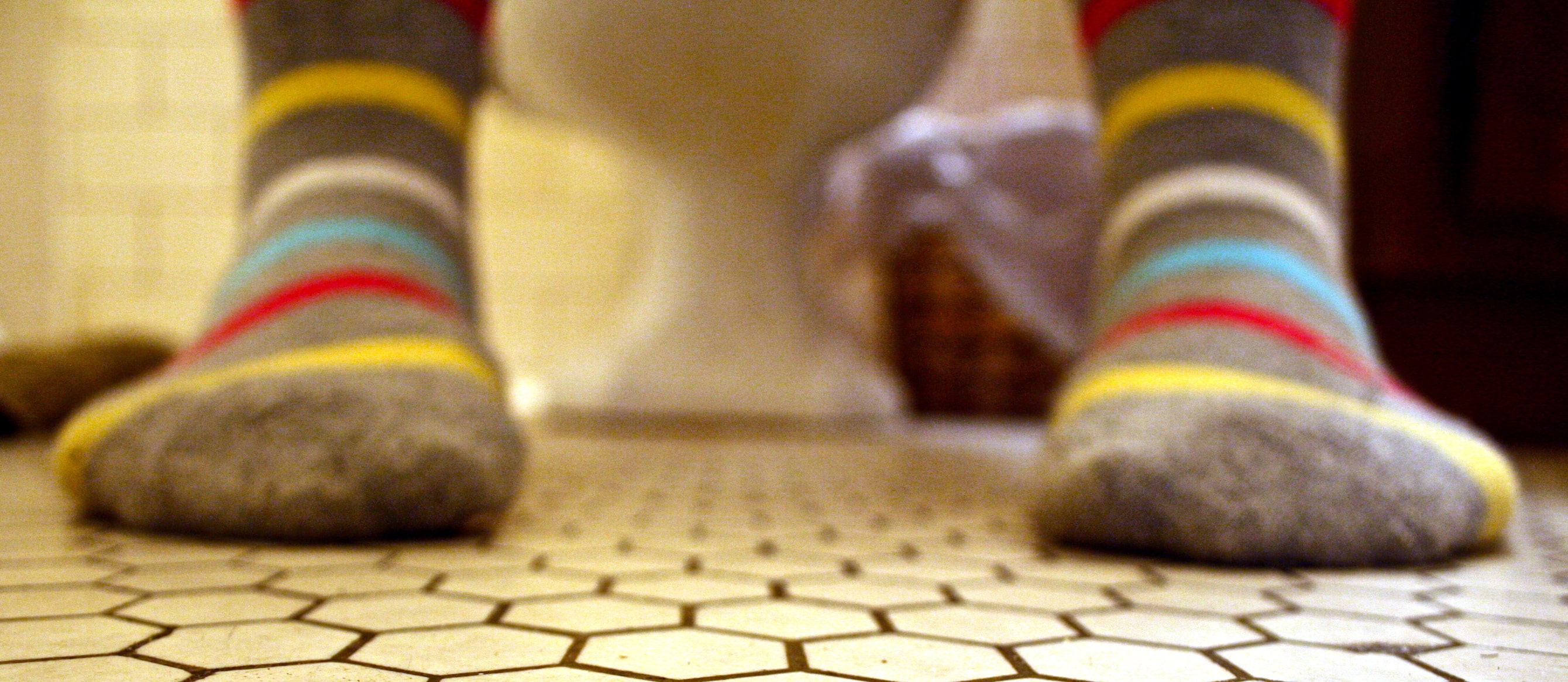This year marks the 40th anniversary of the publication of Painter and Burkitt’s landmark paper “Diverticular Disease of the Colon: A Deficiency Disease of Western Civilization”. Just as scurvy is a vitamin C deficiency disease, they argued, diverticulosis is a fiber deficiency disease, the result of not eating whole plant foods. No surprise, then, that the majority of older Americans are afflicted with this condition.
As I explain in my diverticulosis video, a lifetime of straining to pass stools that aren’t softened and bulked up by fiber can eventually balloon pockets out through the weakest points in the wall of our colons. These bulging outpouchings can get inflamed, infected, and even lead to a life-threatening rupture of our intestines. More than 100,000 Americans are hospitalized every year for this preventable condition.
This summer, a team of scientists at Oxford released the results of a study in which 15,000 vegetarians and vegans were followed for nearly a dozen years. Compared to meat eaters, vegetarians had 35% less risk of being hospitalized or dying from diverticulitis, and those eating vegan appeared to eliminate 78% of the risk.
What’s most surprising is that even after controlling for fiber intake, those on plant-based diets still had significantly lower risk, leading the researchers to suggest that meat itself may increase the risk of diverticular disease “by altering the metabolism of bacteria in the colon, which could lead to a weakening of the colon wall….”
In addition to enhanced regularity, vegetarians and vegans also get points for achieving the preferred stool size and shape. The bigger the better. For example, one reason why women eating vegetarian may have lower breast cancer rates is because they have larger bowel movements, the topic explored in last Friday’s video, Relieving Yourself of Excess Estrogen.
On Monday, Stool Size Matters offered a tip on how to use beets to measure one’s intestinal transit time, and Tuesday’s Food Mass Transit revealed that it may take an average of four days for food to get from one end to the other in women eating a standard American diet, too slow to meet the target half-pound-minimum fecal output for optimal cancer prevention.
Yesterday’s Bowels of the Earth contest revealed which country has the largest average stool size (i.e. who’s #1 at number 2), and which population has the smallest (New Yorkers!).
Check out my other 23 videos on colon health.
-Michael Greger, M.D.
